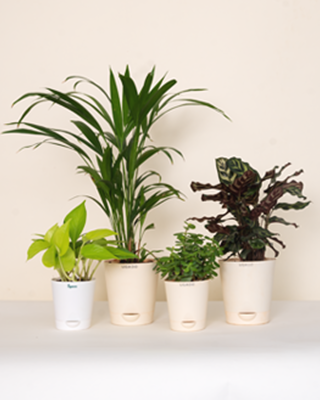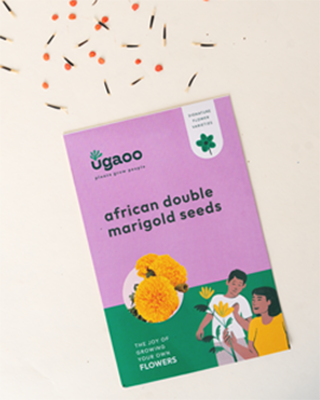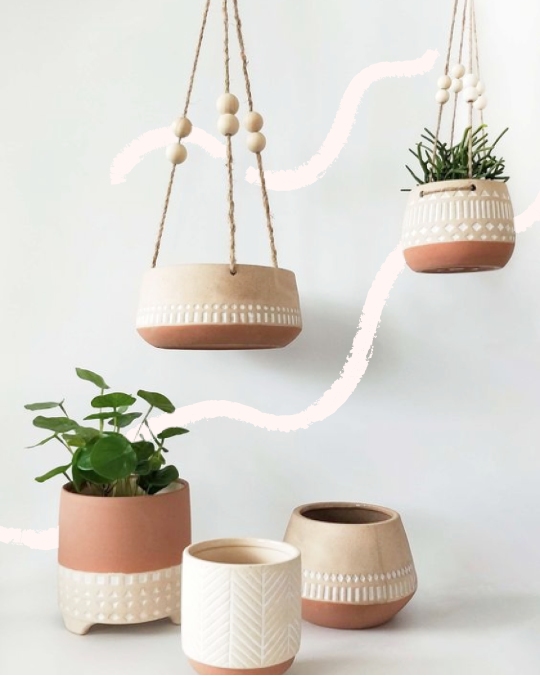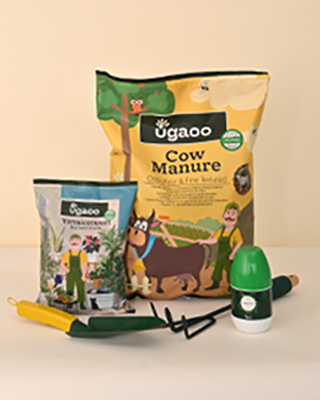Have you ever struggled with compacted soil and persistent weeds in your garden? A garden tiller, also known as a cultivator, might be the solution you need. These versatile tools can transform hard, unworkable soil into loose, fertile ground ready for planting.
Tillers offer numerous benefits, such as improving soil aeration and controlling weeds, making them essential tools for many gardeners. However, they also come with some drawbacks, like potential soil disruption and maintenance requirements. In this blog, we'll explore the pros and cons of using a tiller, provide tips on how to use one effectively and help you decide which type of tiller is best for your garden.
• What is a Garden Tiller?

A tiller, also known as a cultivator or soil tiller, is a gardening tool used to break up, aerate, and prepare soil for planting. It helps turn compacted soil into loose, workable ground, making it easier for roots to grow and for plants to access nutrients. Tillers come in various types, including front-tine, rear-tine, and mini tillers, and can be powered by gas or electricity. They are essential for efficient soil preparation, weed control, and incorporating compost and other amendments into the garden soil.
• Types of Garden Tillers
1. Front-Tine Tillers
Front-tine tillers have tines located in front of the wheels. They are the best garden tiller for small gardens. They offer good maneuverability and are easier to handle in tight spaces.
2. Rear-Tine Tillers
Rear-tine tillers have tines located behind the wheels, providing more power and depth for tilling larger areas and harder soil. They are ideal for heavy-duty tasks and larger gardens.
3. Mini Tillers
Small tillers, also known as cultivators, are lightweight and compact, making them perfect for small gardens, raised beds, and light tilling tasks. They are easy to store and handle
4. Electric vs. Gas Tillers

Electric tillers are quieter, lighter, and require less maintenance than gas tillers. They are best tillers for small to medium-sized gardens. Gas tillers, on the other hand, offer more power and are better suited for larger gardens and heavy-duty tasks.
• Pros of Using a Tiller
1. Improved Soil Aeration
One of the primary benefits of using a garden tiller is improved soil aeration. Tilling breaks up compacted soil, allowing air, water, and nutrients to penetrate deeper, promoting healthier root growth.
2. Weed Management

Tillers can help manage weeds by uprooting and burying them, reducing competition for nutrients and water. This can lead to a healthier and more productive garden.
3. Fertility and Soil Structure Enhancement
Incorporating compost, fertilizer, and other soil amendments is much easier with a tiller. The tool evenly distributes these materials throughout the soil, enhancing its fertility and structure.
• Cons of Using a Tiller
1. Potential Soil Disruption
One of the downsides of using a tiller is the potential for soil disruption. Over-tilling can destroy soil structure and beneficial microorganisms, leading to poorer soil health over time.
2. Potentially Expensive
Garden tillers can be expensive, with prices varying based on size, power, and features. The initial investment might be a barrier for some gardeners.
3. Requires Regular Maintenance

Tillers require regular maintenance to keep them running smoothly. This includes cleaning, oiling, and occasionally replacing parts, which can add to the overall cost and effort.
• Case Study: Improving Garden Health with a Tiller

A recent study conducted on a 500-square-foot vegetable garden showed significant improvements in crop yield after using a rear-tine tiller. The soil aeration and efficient mixing of organic compost resulted in a 30% increase in vegetable production. Moreover, the weed control provided by the tiller reduced the need for chemical herbicides by 40%.
The tiller effectively broke up compacted soil, enhancing water and air penetration. This created an ideal environment for plant roots, leading to healthier growth and higher yields. The tiller also managed weeds, reducing reliance on chemical herbicides and promoting a more organic gardening approach.
This case study highlights the transformative impact a quality tiller can have on a garden. By addressing common issues like soil compaction and weed growth, a tiller cultivator can help gardeners achieve higher yields and healthier plants. For those considering a tiller, this example demonstrates the potential benefits of investing in the right garden tools and equipment.

In conclusion, garden tillers offer numerous advantages for improving soil aeration, managing weeds, and mixing soil amendments, which lead to healthier and more productive gardens. However, it’s essential to consider potential drawbacks, such as soil disruption, initial costs, and maintenance requirements. Over-tilling can harm soil structure, and the initial investment and upkeep might be prohibitive for some.
Despite these challenges, the benefits of using a garden tiller often outweigh the negatives, especially when choosing the right type for your needs. By investing in a quality tiller and using it judiciously, you can transform your gardening efforts, ensuring a thriving and bountiful garden. Understanding the pros and cons will help you make an informed decision, enhancing your gardening experience and results.
















